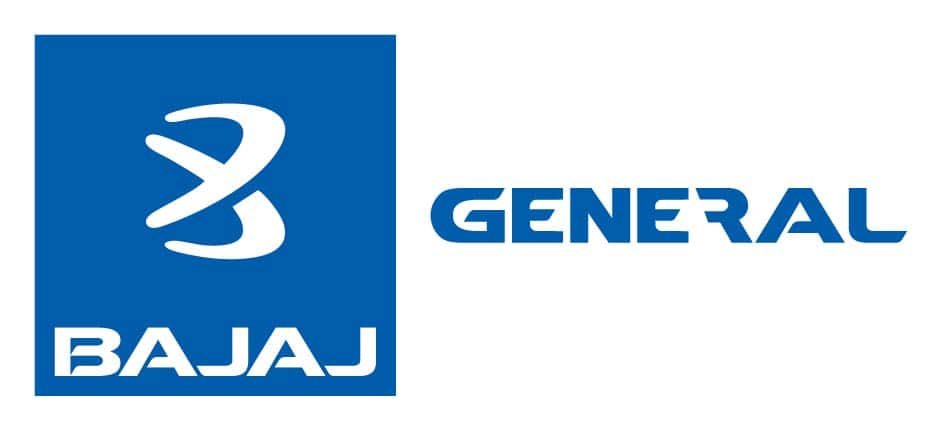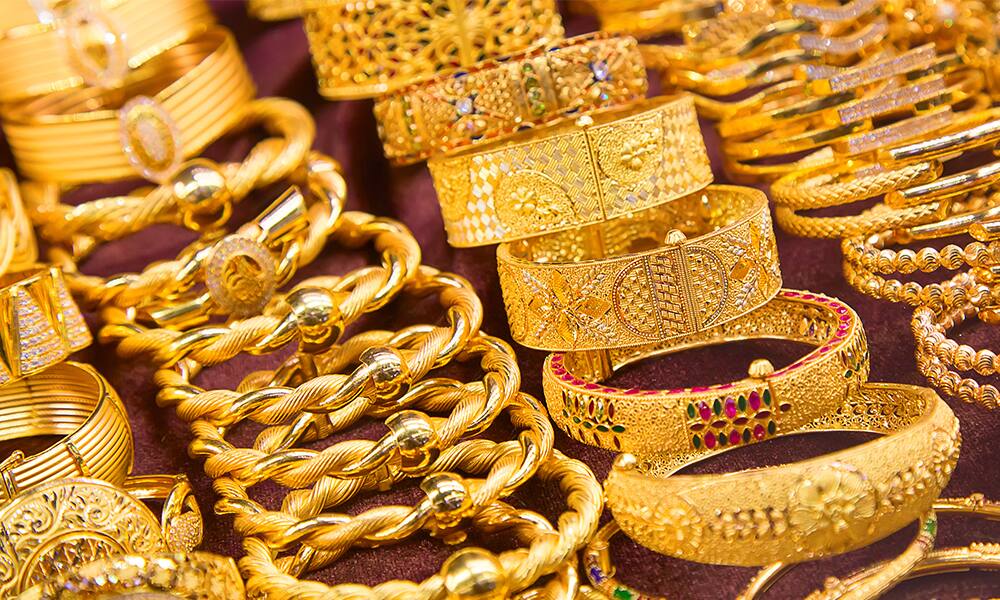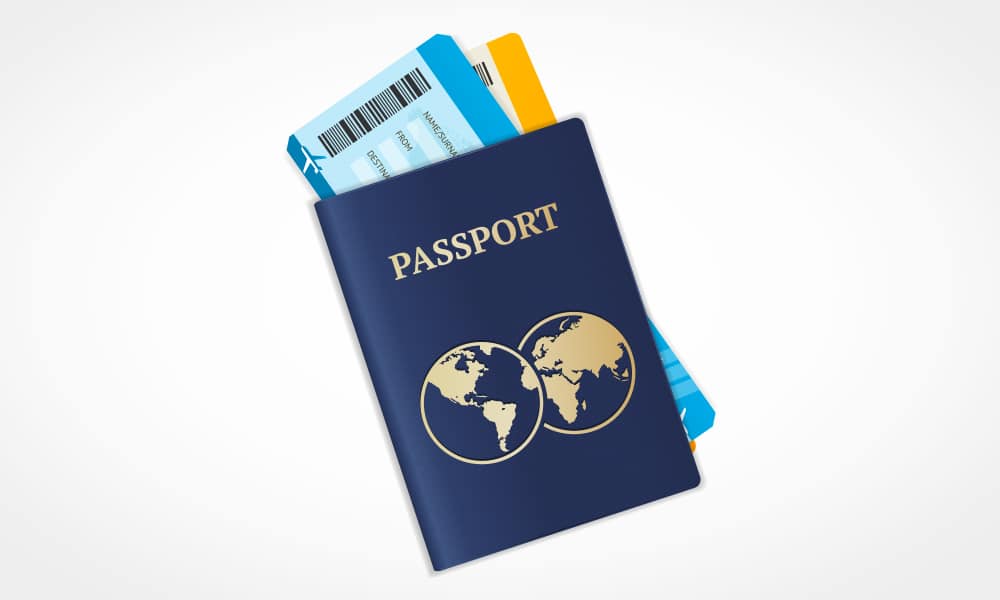- 1
- 2
- 3
- 4
- 1Destinations
- 2Trip Date
- 3Travellers
- 4Medical history
Popular Destinations

Now covers COVID-19
Things to Know Before Visiting Nepal
Nepal lies along the Himalayas, rich in history and vibrant culture. It’s a place where you can trek the Annapurna Circuit, visit heritage sites in Kathmandu, and experience the warmth of the Nepali people. If you’re planning a trek or mountaineering trip, know that permits are being issued. However, it's best to check with your tour provider regarding the 2024 autumn and 2025 spring seasons. Before visiting Nepal, these are some things to know to ensure your journey is smooth and memorable.
Travel Insurance Plans on PolicyBazaar#1
- Individuals
- Sr. Citizens
- Students
Nepal at a Glance!
Nepal is a country of incredible diversity, known for its towering Himalayas, fertile plains, dense forests, deep gorges, and rushing rivers. Its diverse beauty offers a unique experience for travellers. India leads Nepal's tourism growth in the first half of 2024, with 186,696 arrivals, contributing over 30% of the total. Nepal saw a 6.21% rise in overall tourist arrivals compared to 2023.
Here is a quick guide to some key things to know before travelling to Nepal. This includes airport information, visa requirements, driving license details, budget estimates, and the best time to visit.
| Categories | Specification |
| Major Airports | ✅ Tribhuvan International Airport (Kathmandu) |
| IDL Requirement for Tourists | ✅ Indian tourists need a valid International Driving Permit (IDP) to drive in Nepal |
| Minimum Budget for 1 Person | ✅ INR 2,520 - 4,201 per day |
| Average Temperature | ✅ 10°C to 37°C ( Winters/Summers) |
| Best Time to Visit | ✅ October to December |
| Driving Side | ✅ Left-hand side |
*Please note that the costs are subject to change as per the current rate of conversions
Nepal Visa Requirements for Indian Nationals
Indian citizens do not need a tourist visa to enter Nepal. Since October 2000, Indian nationals over 10 years of age can travel to Nepal by presenting a valid Indian passport. They can also use an emergency certificate from the Indian Embassy in Nepal or a voter ID.
9 Things to Know About Nepal
Some unique customs, rules, and habits might surprise you, so there are things to know before going to Nepal. Familiarising yourself with these before your trip will help you navigate the country quickly and confidently, ensuring a more enjoyable and respectful experience.
-
Respect Local Customs
Nepal's culture has Hindu and Buddhist traditions, so respecting local customs is essential. Shoes are generally removed at temples; some sites may have specific clothing restrictions. Avoid pointing with a finger; use your whole hand or chin instead. Use your right hand when giving or receiving items; it is more respectful. These small gestures will be appreciated by locals and show your cultural awareness.
-
Drinking Water and Food Safety
When in Nepal, it is essential to ensure water and food safety. Tap water is unsafe to drink, so always opt for bottled or filtered water. Boiled water and water treated with purification tablets are also good alternatives. It is best to eat freshly prepared dishes from reputable places for food. Be cautious with street food and avoid raw or undercooked items.
Carry a reusable water bottle with a built-in filter for convenience. Proper hygiene and care with food and water can help prevent health issues during your trip.
-
The Living Goddess
Nepal is home to the Kumari, a revered living goddess worshipped by Hindus and Buddhists. Chosen from the Newar community, the Kumari is believed to be the physical embodiment of the goddess Taleju. She lives in the Kumari Ghar, a Kathmandu Durbar Square palace where devotees seek blessings. Her role lasts until puberty, after which a new Kumari is selected. This tradition is a powerful symbol of Nepal's spiritual and cultural heritage.
-
Try Local Transport
Buses in Nepal include long-distance services like Greenline and Tourist Bus Nepal, which operate between major cities such as Kathmandu and Pokhara. These buses are more comfortable for tourists compared to local buses. You can find metred taxis in cities like Kathmandu and Pokhara, although agreeing on a fare before the ride is common.
Pathao and Tootle are popular ride-hailing apps that operate similarly to Uber, offering more convenient options for travellers looking for short rides around the city.
-
Distinctive Flag
Nepal's flag is the only national flag in the world that isn't rectangular. Its two stacked triangles symbolise the Himalayas and the country's dedication to Hinduism and Buddhism. The unique design, with the sun and moon emblems, reflects Nepal's deep cultural roots and the hope for longevity and peace.
The flag's red and blue colours represent bravery and harmony, respectively, embodying the resilience and unity of the Nepalese people.
-
Vaccination
As a precaution, it is recommended to get vaccinations based on the time of your travel. While consulting your doctor for accurate advice is best, common vaccines include Diphtheria, Tetanus, Typhoid, Hepatitis A, and Polio, especially if you're travelling with children. Although Nepal is generally very safe to visit, it's always better to be prepared and take necessary health precautions before your trip.
-
Dress Modestly While Travelling To Religious Places
Nepal has many Hindu and Buddhist temples and a rich religious heritage. One thing to do before visiting Nepal's sacred sites is to dress modestly. Both men and women should cover their shoulders, chest, and knees, avoiding revealing or tight clothing. Women may opt for long skirts or trousers with a modest top, while men can wear trousers or knee-length shorts with a shirt. Additionally, removing shoes before entering the temple's inner sanctum is customary, showing respect for the sacred space.
-
Understanding Altitude Sickness
Altitude sickness is a severe concern even at elevations above 2,500 meters. It is essential to allow your body enough time to acclimatize, ensuring proper hydration and avoiding strenuous activities during the first few days. If symptoms of altitude sickness develop, descending immediately is crucial. Being informed about the risks and preventive measures can be a lifesaver when trekking through the Himalayas, as neglecting these risks can lead to severe consequences.
-
Be Cautious of Questionable Dance Bars
One of the essential travel tips for Kathmandu and Pokhara is to be cautious when visiting dance bars and clubs. Travelling in groups or with a local is advisable, as these venues are known for overcharging tourists for food and drinks. There have also been reports of intimidation, harassment, and occasional violence in some of these places. So, it Is important to stay vigilant.
Travel Tips For Nepal
Before heading to Nepal, here are some things to do before going to Nepal to keep your trip smooth and enjoyable. Let's break it down:
-
Secure the Travel Insurance
Travel insurance, though not mandatory, is highly recommended for visiting Nepal as it helps avoid any unexpected costs from flight delays or illness. Ensure your insurance plan provides comprehensive coverage, especially for remote areas, as this will protect you from emergencies and additional expenses during your trip. Insurance will give you peace of mind and help you enjoy your trip without stress.
-
Local Currency and Payments
Nepal runs on the Nepali Rupee (NPR). Swap your money for local cash in the city because exchange shops can be hard to find once you're in the mountains. ATMs in cities allow withdrawals of 20,000 to 30,000 NPR per transaction, up to three times daily. Some ATMs may not work, so always have backup cash.
And if you're paying by card, watch out for that 4% fee some places might tack on. Cash is often the smoother option for small buys.
-
Language Differences
Nepali is the primary language, but if you know Hindi, you'll feel at home. Knowing a few words in Nepali will go a long way in connecting with locals. Try learning “Namaste” (hello) and “Dhanyabad” (thank you). You'll find it quite similar if you speak Hindi, which helps a lot in tourist areas. Restaurant menus often have English translations, so ordering is a breeze.
-
Emergency Contacts
Keep these numbers saved: 100 for police, 101 for fire. It is better to have them and not need them than to need them and not have them. If you're heading into the wild for trekking, grab contacts for local rescue services or your embassy-just in case.
-
Internet and Wi-Fi
You'll want a local SIM from Ncell or Nepal Telecom (NTC). It is cheap and makes staying connected easy. Wi-Fi is available in cities and hotels but can be slow, especially in the hills. That local SIM is a lifesaver for maps and messages.
-
Dress for the Weather
Nepal's weather can turn on a dime. Bring layers of clothes like a t-shirt, a sweater, and a jacket. You'll thank yourself when you're warm in the morning, cool at noon, and cosy again by night. Especially if you're trekking, being ready for various temperatures is necessary.
-
Time Zone
Nepal Time is 15 minutes ahead of Indian Standard Time. It is a tiny difference, but it can throw you off if you're unprepared. Set your watch and double-check your flight times so you're on schedule.
These are some essential things to do before going to Nepal to help you roll with whatever Nepal throws your way. Enjoy the journey.
*Disclaimer: All costs are approximate and are subject to change at the time of travel.
FAQs
-
Q1: Is Indian food available in Nepal?
Ans: Indian cuisine is widely available in restaurants across major cities like Kathmandu and Pokhara. -
Q2: Can Indians take domestic flights in Nepal?
Ans: Indian tourists can book domestic flights, such as from Kathmandu to Lukla or Pokhara, for more accessible travel. -
Q3: What documents are required to enter Nepal by road?
Ans: If entering by road with a personal vehicle, you need a registration certificate, a driver's license, and a vehicle permit. -
Q4: Do you need special permits to trek in Nepal?
Ans: Some trekking routes, like those to Upper Mustang and Manaslu, require special permits. -
Q5: Is Nepal safe for solo travellers?
Ans: Nepal is generally safe for solo travellers, including women. However, like any destination, it’s important to remain cautious, especially in crowded places and when trekking alone.
STANDARD TERMS AND CONDITIONS APPLY. For more details on risk factors, terms, and conditions, please read the sales brochure carefully before concluding a sale.
Policybazaar Insurance Brokers Private Limited, Registered Office - Plot No.119, Sector - 44, Gurgaon, Haryana - 122001 | CIN: U74999HR2014PTC053454 | Policybazaar is registered as a Composite Broker | Registration No. 742, Valid till 09/06/2027 | License category - Composite Broker | Contact Us | Legal and Admin Policies
* Price shown is for a 90 day trip to Nepal with 50,000 dollar coverage for an adult of age 25 years



















































